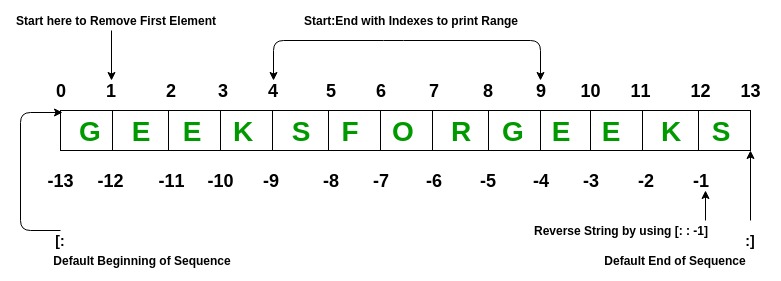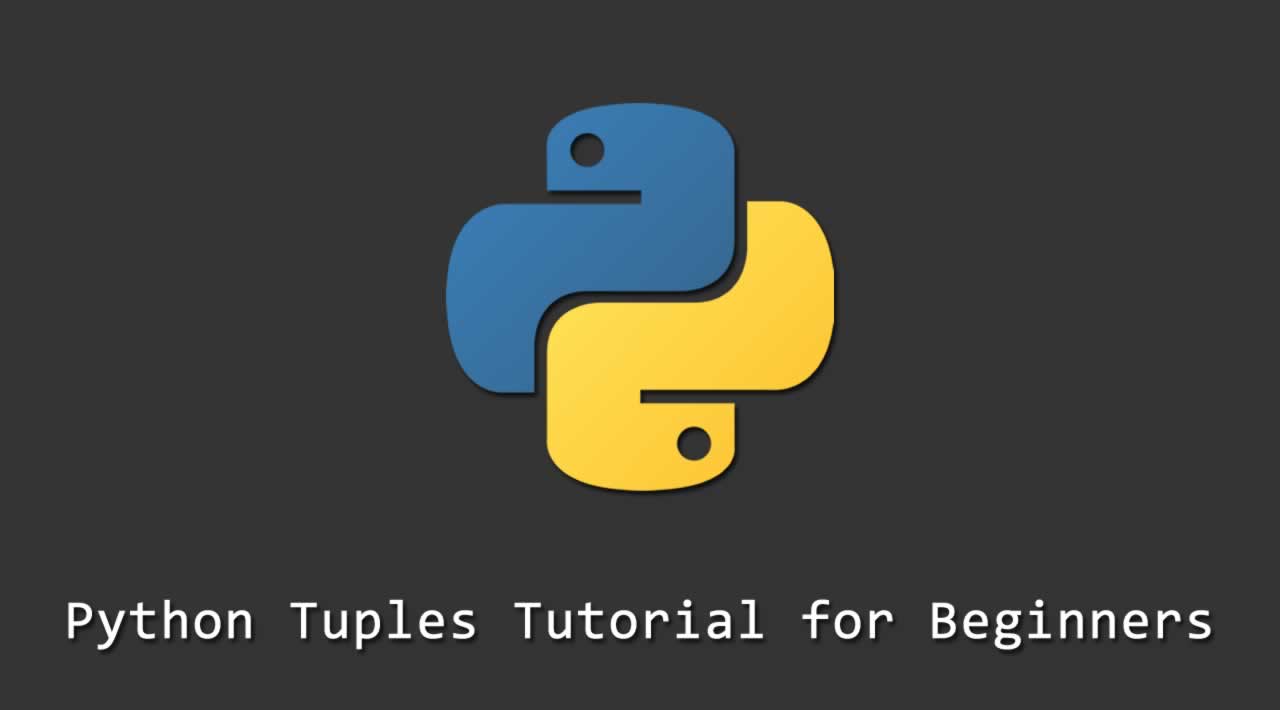Python Tuples Tutorial: Everything You Need to Know
Learn everything you need to know about Python tuples in this comprehensive tutorial. Cover topics such as creating and accessing tuples, performing operations on tuples, and using tuples in real-world applications.
Values of a tuple are syntactically separated by ‘commas’. Although it is not necessary, it is more common to define a tuple by closing the sequence of values in parentheses. This helps in understanding the Python tuples more easily.
Tuples are immutable, and usually, they contain a sequence of heterogeneous elements that are accessed via unpacking or indexing (or even by attribute in the case of named tuples). Lists are mutable, and their elements are usually homogeneous and are accessed by iterating over the list.
Creating a Tuple
In Python, tuples are created by placing sequence of values separated by ‘comma’ with or without the use of parentheses for grouping of data sequence. Tuples can contain any number of elements and of any datatype (like strings, integers, list, etc.). Tuples can also be created with a single element, but it is a bit tricky. Having one element in the parentheses is not sufficient, there must be a trailing ‘comma’ to make it a tuple.
Note – Creation of Python tuple without the use of parentheses is known as Tuple Packing.
# Python program to demonstrate
# Addition of elements in a Set
# Creating an empty tuple
Tuple1 = ()
print("Initial empty Tuple: ")
print (Tuple1)
# Creating a Tuple with
# the use of Strings
Tuple1 = ('Geeks', 'For')
print("\nTuple with the use of String: ")
print(Tuple1)
# Creating a Tuple with
# the use of list
list1 = [1, 2, 4, 5, 6]
print("\nTuple using List: ")
print(tuple(list1))
# Creating a Tuple
# with the use of loop
Tuple1 = ('Geeks')
n = 5
print("\nTuple with a loop")
for i in range(int(n)):
Tuple1 = (Tuple1,)
print(Tuple1)
# Creating a Tuple with the
# use of built-in function
Tuple1 = tuple('Geeks')
print("\nTuple with the use of function: ")
print(Tuple1)
# Creating a Tuple with
# Mixed Datatypes
Tuple1 = (5, 'Welcome', 7, 'Geeks')
print("\nTuple with Mixed Datatypes: ")
print(Tuple1)
# Creating a Tuple
# with nested tuples
Tuple1 = (0, 1, 2, 3)
Tuple2 = ('python', 'geek')
Tuple3 = (Tuple1, Tuple2)
print("\nTuple with nested tuples: ")
print(Tuple3)
# Creating a Tuple
# with repetition
Tuple1 = ('Geeks',) * 3
print("\nTuple with repetition: ")
print(Tuple1)
Output:
Initial empty Tuple:
()
Tuple with the use of String:
('Geeks', 'For')
Tuple using List:
(1, 2, 4, 5, 6)
Tuple with a loop
('Geeks',)
(('Geeks',),)
((('Geeks',),),)
(((('Geeks',),),),)
((((('Geeks',),),),),)
Tuple with the use of function:
('G', 'e', 'e', 'k', 's')
Tuple with Mixed Datatypes:
(5, 'Welcome', 7, 'Geeks')
Tuple with nested tuples:
((0, 1, 2, 3), ('python', 'geek'))
Tuple with repetition:
('Geeks', 'Geeks', 'Geeks')
Concatenation of Tuples
Concatenation of tuple is the process of joining of two or more Tuples. Concatenation is done by the use of ‘+’ operator. Concatenation of tuples is done always from the end of the original tuple. Other arithmetic operations do not apply on Tuples.
Note- Only same datatypes can be combined with concatenation, an error arises if a list and a tuple are combined.
# Concatenaton of tuples
Tuple1 = (0, 1, 2, 3)
Tuple2 = ('Geeks', 'For', 'Geeks')
Tuple3 = Tuple1 + Tuple2
# Printing first Tuple
print("Tuple 1: ")
print(Tuple1)
# Printing Second Tuple
print("\nTuple2: ")
print(Tuple2)
# Printing Final Tuple
print("\nTuples after Concatenaton: ")
print(Tuple3)
Output:
Tuple 1:
(0, 1, 2, 3)
Tuple2:
('Geeks', 'For', 'Geeks')
Tuples after Concatenaton:
(0, 1, 2, 3, 'Geeks', 'For', 'Geeks')
Slicing of Tuple
Slicing of a Tuple is done to fetch a specific range or slice of sub-elements from a Tuple. Slicing can also be done to lists and arrays. Indexing in a list results to fetching a single element whereas Slicing allows to fetch a set of elements.
Note- Negative Increment values can also be used to reverse the sequence of Tuples
# Slicing of a Tuple
# Slicing of a Tuple
# with Numbers
Tuple1 = tuple('GEEKSFORGEEKS')
# Removing First element
print("Removal of First Element: ")
print(Tuple1[1:])
# Reversing the Tuple
print("\nTuple after sequence of Element is reversed: ")
print(Tuple1[::-1])
# Printing elements of a Range
print("\nPrinting elements between Range 4-9: ")
print(Tuple1[4:9])
Output:
Removal of First Element:
('E', 'E', 'K', 'S', 'F', 'O', 'R', 'G', 'E', 'E', 'K', 'S')
Tuple after sequence of Element is reversed:
('S', 'K', 'E', 'E', 'G', 'R', 'O', 'F', 'S', 'K', 'E', 'E', 'G')
Printing elements between Range 4-9:
('S', 'F', 'O', 'R', 'G')
Deleting a Tuple
Tuples are immutable and hence they do not allow deletion of a part of it. Entire tuple gets deleted by the use of del() method.
Note- Printing of Tuple after deletion results to an Error.
# Deleting a Tuple
Tuple1 = (0, 1, 2, 3, 4)
del Tuple1
print(Tuple1)
Traceback (most recent call last):
File “/home/efa50fd0709dec08434191f32275928a.py”, line 7, in
print(Tuple1)
NameError: name ‘Tuple1’ is not defined
#python
